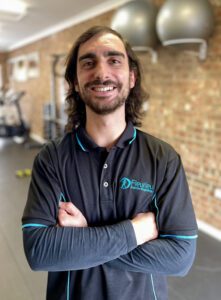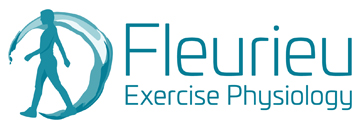Exercising for Osteoporosis
Bone is a living tissue where it is constantly getting resorbed and replaced with new bone. Osteoporosis is a condition where new bone production does not keep up with old bone removal, leading bones to become thin, weak, and fragile. It is quite common when you hear about osteoporosis you also hear the term bone mineral density (BMD). BMD is the amount of bone mineral in bone tissue and can be measured using X-rays, dual-energy X-ray absorptiometry (DEXA or DXA), or a special CT scan to test for osteoporosis.
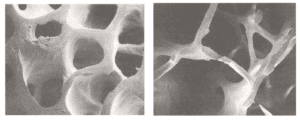
It is estimated that around 924,000 Australians have osteoporosis with it being more prevalent in women than men, however it does still happen in men. The good news is that in conjunction with dietary and pharmaceutical intervention, research has shown exercise to be critical and extremely beneficial for the management of osteoporosis.
How can exercise help Osteoporosis?
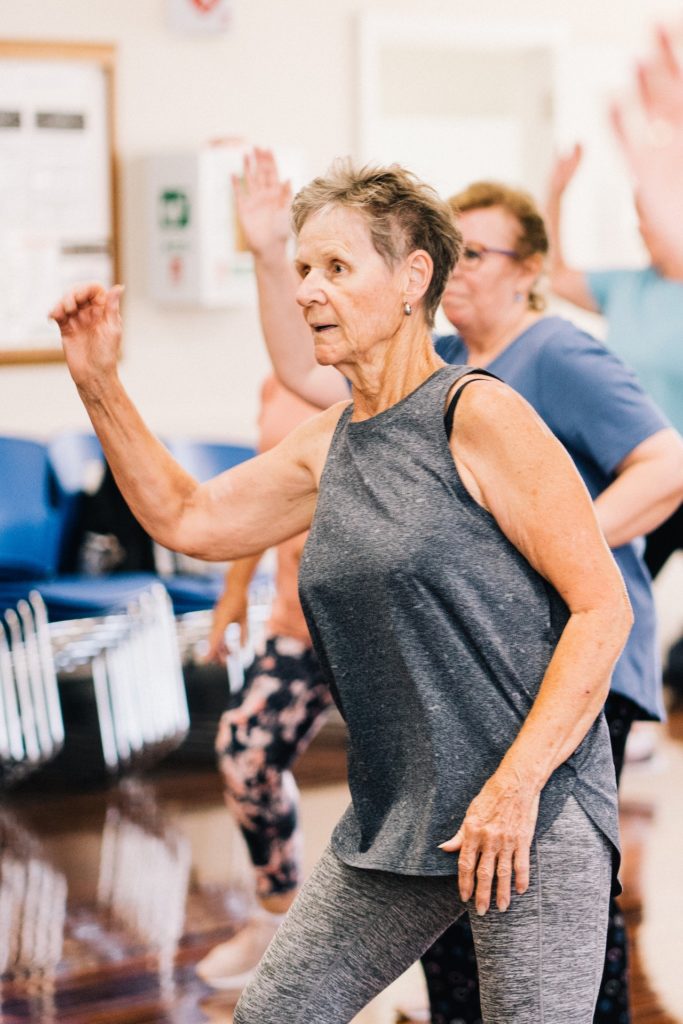
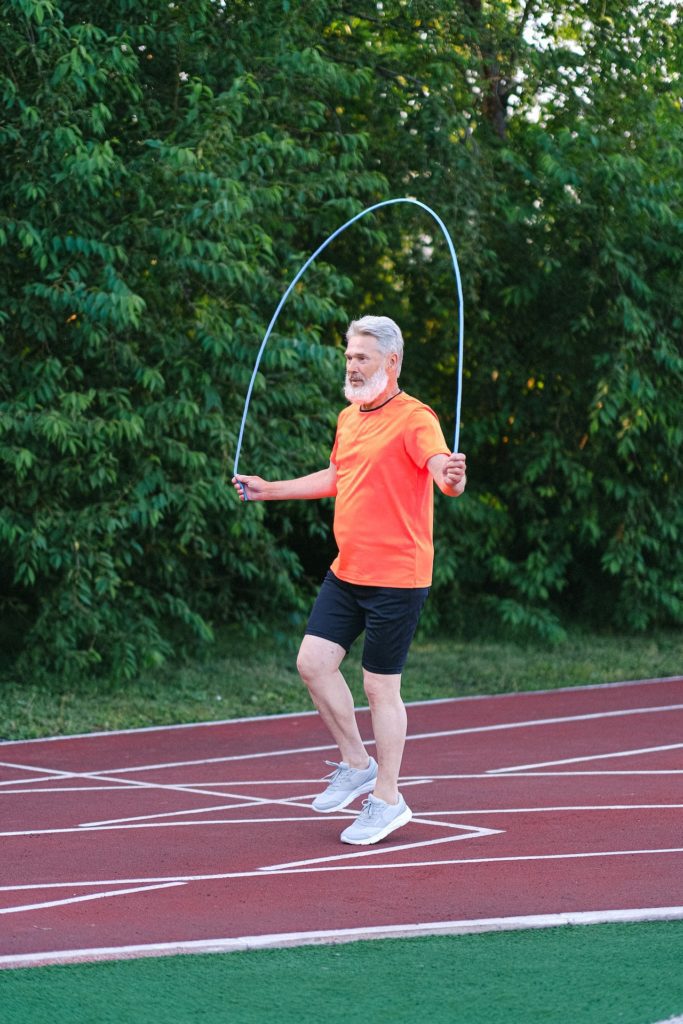
As mentioned above, bone is a living tissue, just like muscle, meaning with exercise it can become stronger. Bone adapts and becomes stronger by being exposed to mechanical forces such as weight bearing loading, impact, and resistance exercise. We know that the mechanical load must exceed those experienced during daily living activities.
Weight bearing impact loading exercise may include jogging, skipping, basketball, netball, stair climbing or even having a dance around the house. Supervised moderate resistance exercises may include squats, deadlifts, overhead and bench presses, farmers carries or anything where the bones are loaded up with external resistance. In addition to all this it is crucial that balance exercises are incorporated as falls prevention is key due to the increased risk of fractures when bone mineral density is lower.
Things to remember
- Just like starting any exercise regime it is important to begin lightly and gradually increase resistance and weight bearing exercises.
- Exercise that involves explosive movements or high-impact loading should be avoided when clinically advised. Meaning- Speak to an expert!
- Exercises that cause excessive twisting, bending or compression of the spine should also be avoided for someone who has osteoporosis.
Where do I start?
Alright, so we have all this information. Where do we start?
Just like anything it is important to establish a baseline and build a foundation. A baseline may look like starting off with a gentle walking program with the progressive add-in of stair climbs to increase mechanical load through the bones. Similar to this, it is key to start off with light resistance-based exercise such as a sit to stands from a chair with the eventual progression to a weighted squat. The exercise still must be suitable for you and your body and that’s why we recommend seeking help from an exercise physiologist.
When you come in to see me wanting to improve your bone health I would……
- Understand your current knowledge of what osteoporosis is
- Understand where your bone mineral density is currently, and seek to understand your current management plan (medication, supplements, etc.)
- Learn about anything else that could impact your exercise tolerance. This might include pain, medical conditions such as osteoarthritis, heart disease or diabetes
- Understand your current levels of activity and assess your strength
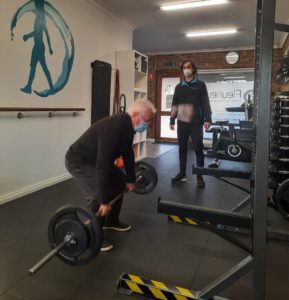
Key takeaways
- Osteoporosis is a condition where bones become brittle and fragile.
- Weight bearing and resistance-based exercise has been shown to improve and maintain bone density.
- It is important to establish a baseline and not jump straight into the weights room as explosive or high impact movements and excessive twisting, bending or compression of the spine can be a risk factor for fractures.
- Don’t wait to get started! You do not have to have a diagnosis before you can start doing exercises to help improve bone health. Prevention is just as good as the cure.
If you would like to begin exercising to best help manage osteoporosis and are not sure how or where to get started, seek guidance from an Accredited Exercise Physiologist.
Author: Tate Marino, Accredited Exercise Physiologist
